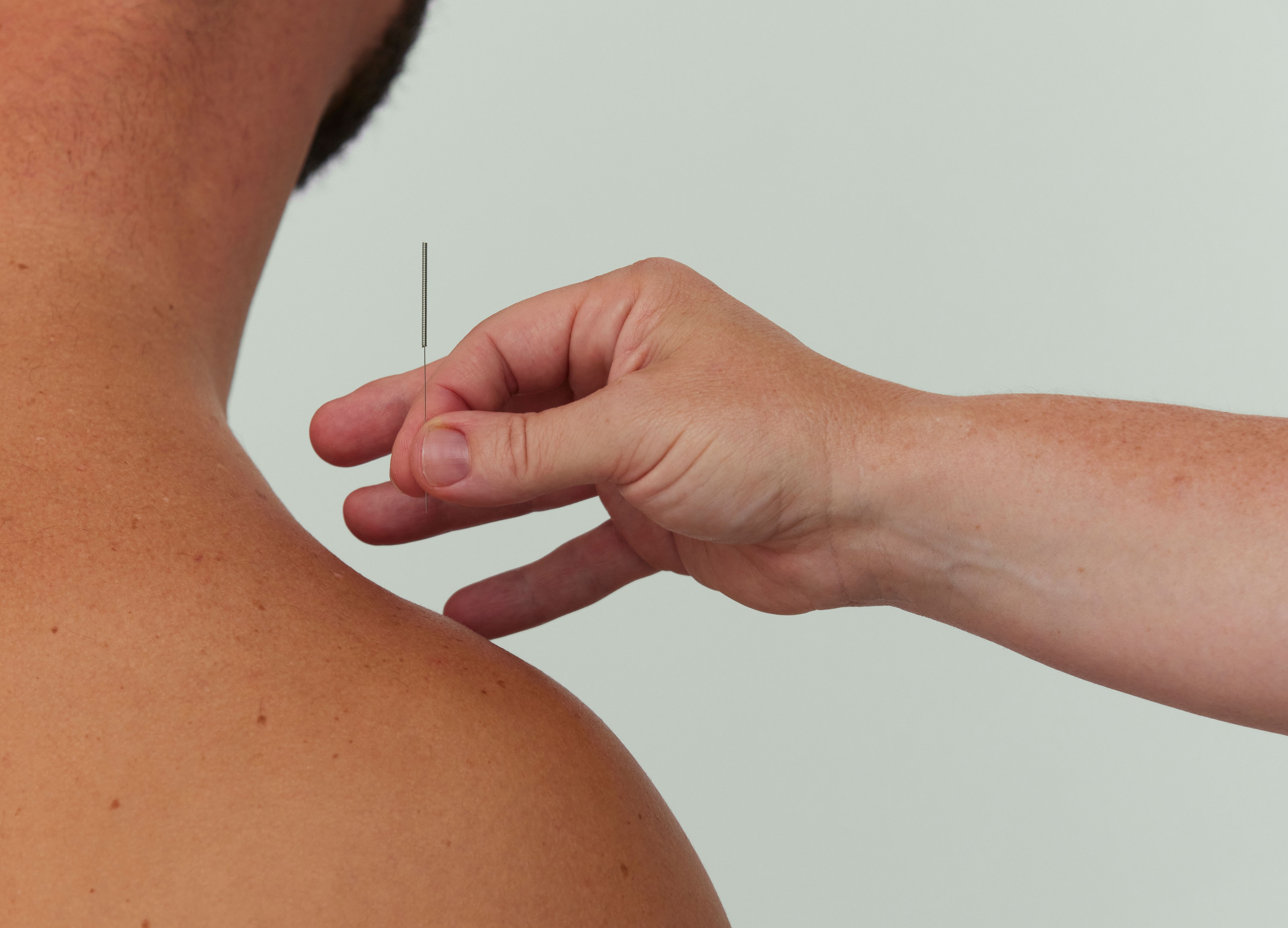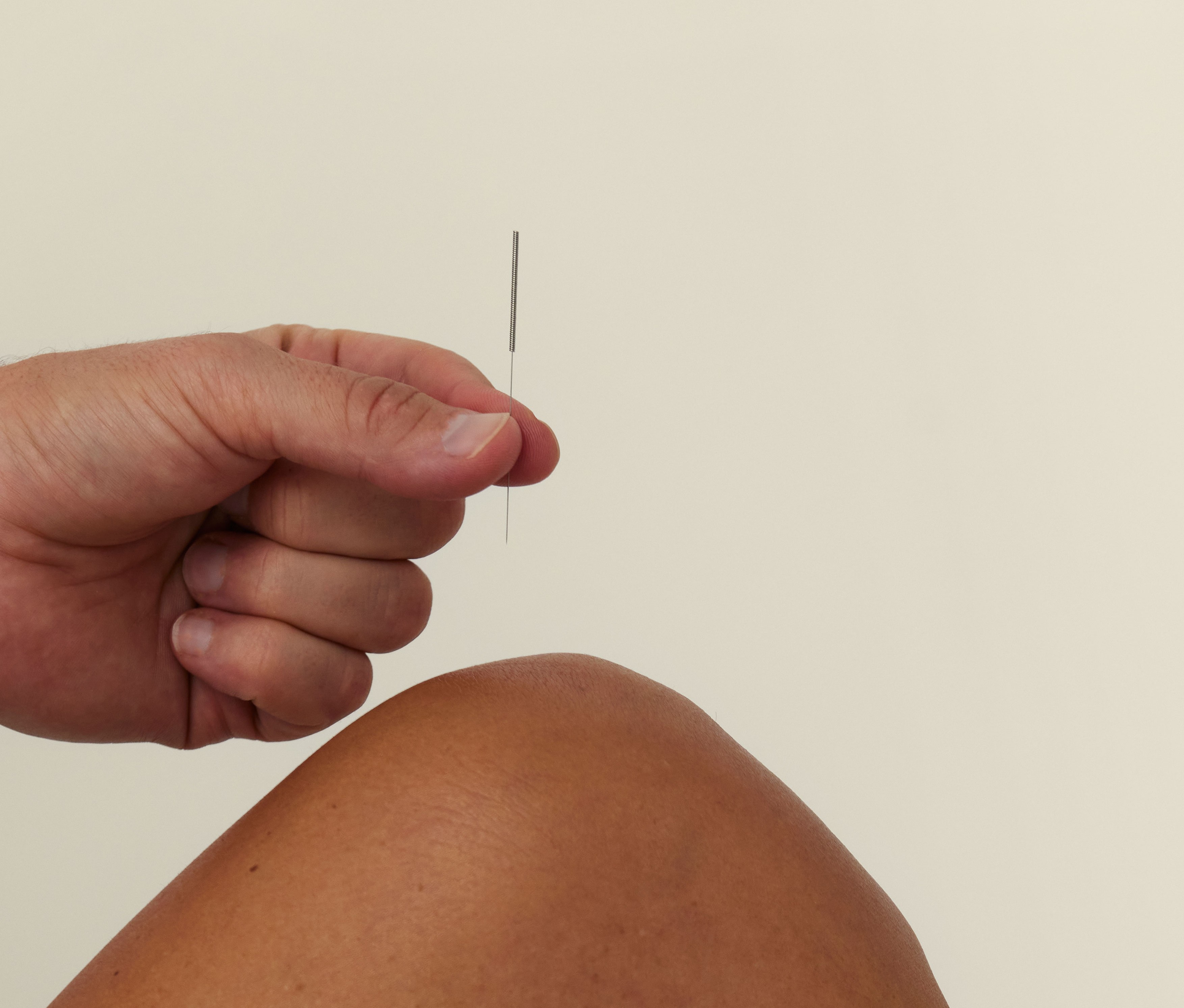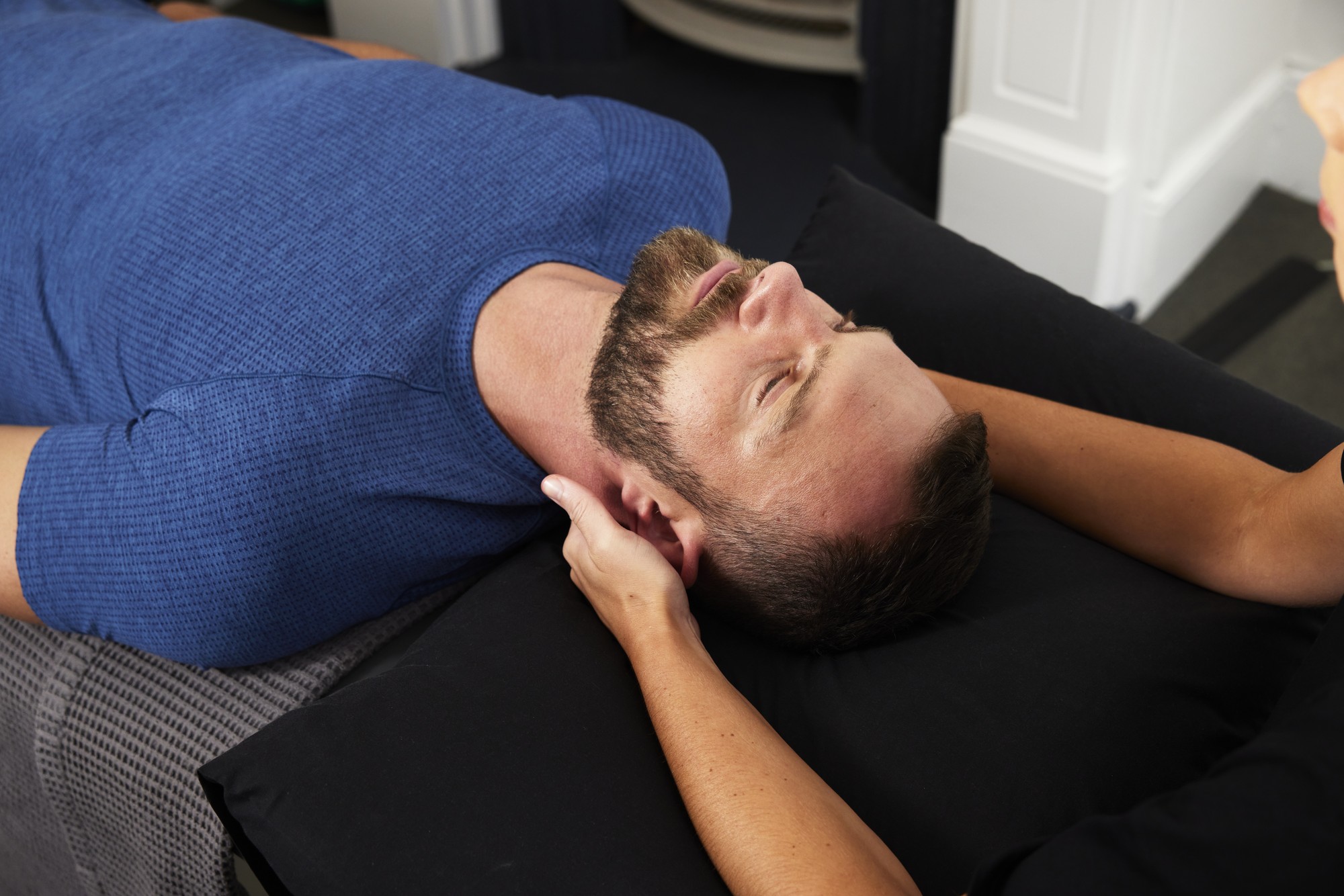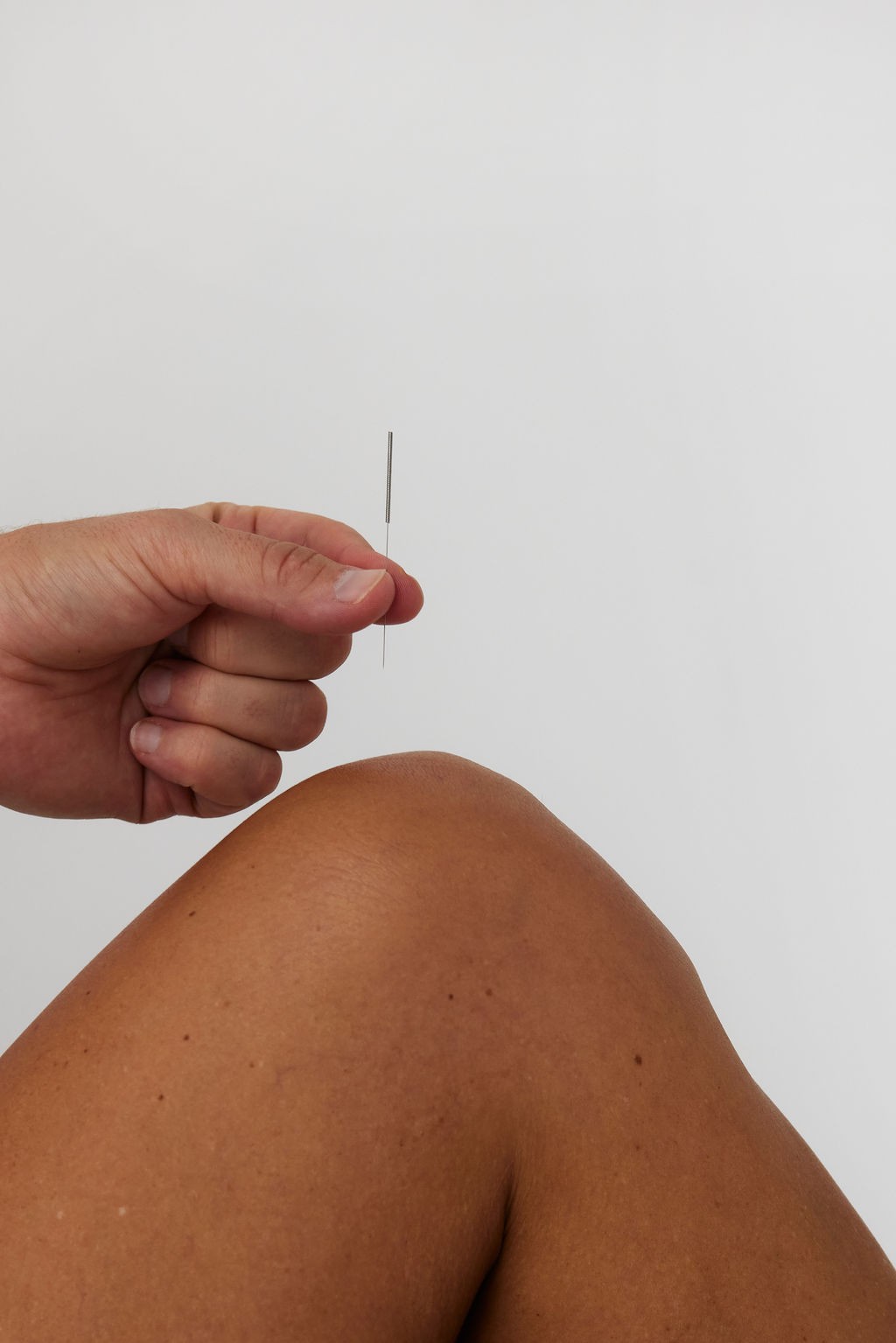Navigating Patellofemoral Pain Syndrome (a.k.a. Runner's Knee)
While the condition may sound concerning, in layman's terms, it is a whole lot less intimidating. "Patello" refers to the kneecap (patella), and "femoral" refers to the thigh bone (femur). This describes the joint where the pain is located. The term "syndrome" is often used to describe a collection of symptoms. The condition is commonly referred to as "Runner's Knee," as it tends to be more prevalent among people who run and play sports, though it can affect anyone.

What is Patellofemoral Pain Syndrome (PFPS)?
While the condition may sound concerning, in layman's terms, it is a whole lot less intimidating. "Patello" refers to the kneecap (patella), and "femoral" refers to the thigh bone (femur). This describes the joint where the pain is located. The term "syndrome" is often used to describe a collection of symptoms. The condition is commonly referred to as "Runner's Knee," as it tends to be more prevalent among people who run and play sports, though it can affect anyone.
What are the symptoms of PFPS?
PFPS is usually non-traumatic in nature, with diffuse pain gradually presenting behind or around your kneecap at the front of your knee. Symptoms may include:
· Pain at the front of your knee when walking, running, jumping, squatting, or going up and down hills and stairs.
· Pain during kneeling or after prolonged periods of sitting with your knees bent.
· A common concern is crepitus, which refers to the cracking, grinding, or popping noises that may occur with movement. While these noises can be unpleasant and are more common with runner's knee, they are not indicative of harm or joint damage; in fact, they can be present in over 30% of non-painful knees.
· Tenderness to touch around the front of your knee.
· Swelling.
What are the causes of PFPS?
PFPS is typically non-traumatic, meaning the pain is more likely to develop gradually over time. Common causes include:
· Malalignment of the patellofemoral joint.
· Excessive training or overuse.
· Injury or trauma, often involving direct impact to the front of the knee.
· Poor hip stability and biomechanics.
· Weak thigh muscles.
· Tight hamstrings and quadriceps.
· Poor foot support and biomechanics.
Who’s at risk?
Anyone can develop PFPS, especially if they’ve recently changed their activity levels. Some groups are more likely to experience it, including:
· Women experience it more often than men.
· Physically active individuals involved in running or jumping sports.
· Teenagers, particularly during times of rapid growth.
· Adults aged 20-40.
· People who are overweight.
Diagnosing PFPS
A physiotherapist can diagnose PFPS through:
· An in-depth history of your pain.
· A physical examination checking your strength, flexibility, and analysing your walking/running biomechanics.
· Special tests designed to provoke pain in the patellofemoral joint.
· Referrals for imaging if necessary.
How to treat PFPS?
Managing PFPS involves several approaches, including:
· Taping: In the early stages, taping the kneecap to normalize its positioning can help reduce irritation and typically results in a significant decrease in pain during normally painful activities.
· Temporary rest: Avoiding activities that exacerbate symptoms will help reduce irritation initially.
· Rehabilitation exercises: Your physiotherapist will prescribe specific strengthening and stretching exercises to support recovery and prevent recurrence of symptoms in the future. These exercises will likely focus on strengthening the muscles that support your knee and hip, such as the quadriceps and glutes.
· Manual therapy: Your physiotherapist may provide massage and joint mobilization to enhance muscle and joint function further.
· Biomechanical adjustments: Suggesting changes to your walking/running biomechanics—such as reducing heel strike, taking shorter strides, and increasing your step rate (cadence)—can significantly reduce patellofemoral joint loading.
· NSAIDs: Nonsteroidal anti-inflammatory drugs can help manage inflammation.
· Surgical intervention: In rare cases, surgical intervention may be appropriate if there are definite joint malalignments or cartilage damage and other treatments have been unsuccessful.
If you're experiencing symptoms of Patellofemoral pain early intervention can make a significant difference in your recovery! Don’t let this stop you from doing the activities you love. Consult our expert physiotherapists at The Urban Physio and book in online here.















